You probably already know to avoid plastic straws like the plague. But there are plenty more things we can do to have a more positive impact on the environment.
Whether you’re just starting out on your zero-waste journey or are already several years into the sustainable movement, it’s still good to learn and relearn ways to be more environmentally responsible.
Here are 110 everyday things you can do for a cleaner, greener lifestyle and a happier planet. The good news is, making these changes isn’t only good for the environment, it’s good for your wallet too.
Contents
Kitchen

The kitchen is probably the busiest part of your home. If that’s the case, then it likely is also the most energy-intensive. If your favourite activity is cooking (and eating), here are simple tips to make your kitchen time more environmentally friendly:
- Cut down on red meat (which has a pretty hefty carbon footprint) and incorporate more greens into your diet.
- Cook from scratch instead of buying prepackaged food–it’ll cost you less, plus it uses fewer resources.
- Extend the life of your produce by washing them just before you use them, not as soon as you buy them.
- Ditch harsh cleaning chemicals and make your own eco-friendly cleaning concoction (baking soda, lemon, and distilled white vinegar are great natural disinfectants).
- Look for sustainable alternatives to disposable kitchen staples (for example, beeswax wrap for plastic wrap or foil, cloth instead of paper towels, coconut or hemp scourers instead of plastic sponges, and silicone or glass containers instead of ziplock bags).
- Reduce the amount of kitchen waste you throw out; one way is by saving clean, dry vegetable leftovers (like mushroom stems, carrots, potatoes, onions, and celery) to make soup stock.
- Use earth-friendly cookware, such as responsibly sourced bamboo and wooden cooking tools, cast-iron or ceramic pots (instead of Teflon pans, which have a temperature limit).
- Reuse your cooking water (e.g., use pasta water for cooking rice or watering your plants).
- Save money on buying food containers; reuse mason jars (from pasta sauce, for example) and produce glass bottles for storing various pantry supplies and leftovers.
- Keep veggie scraps like lettuce, basil, carrots, garlic and scallions and regrow them to make your own edible garden.

Must have for any kitchen. Buy at Amazon.
Read:
3 Reasons to Avoid Nonstick Cookware (and 3 Eco-Friendly Alternatives You Can Use Instead)
Home

Home is where the heart is, and it is also where most of us spend our time.The road to green living Given the amount of time you spend at home, small tweaks and changes you make to your everyday domestic routine will reduce your carbon footprint in the long run. Here are some suggestions on how to make your home more eco-friendly without having to spend a lot:
- Wash clothes in cold water and skip the dryer (which produces 1.8 kilos of CO2 per cycle)—line-dry your laundry instead.
- Also, wash at full load to save on water.
- Keep a recycling bin where everyone at home can toss used up bottles, paper, and glass jars.
- Be vigilant with unusual spikes in water consumption; fix dripping faucets right away and periodically check your pipes for leaks.
- Beware of “phantom power”; appliances and electronics that are turned off but plugged in still consume energy, so make sure to unplug them when they’re not in use.
- Use LED light bulbs; they last longer than conventional light bulbs and eat up 70% less energy.
- An easy way is to look for Energy Star ratingTurn off the lights each time you leave a room.
- If you’re on the computer or on your phone most of the time at work, make it a point to unplug once you’re home; read a book, play board games, write (with pen and paper) instead.
- Don’t throw out old furniture or homeware; donate, sell, or give them new life (by reupholstering) instead.
- Buy preloved furniture, home accessories, and appliances (just make sure they’re Energy Star certified).

Recommended to brighten up any room with energy efficient bulbs. Buy now at Amazon.
Read: 8 Eco-Friendly and Sustainable Furniture Brands for Your Green Home
Garden
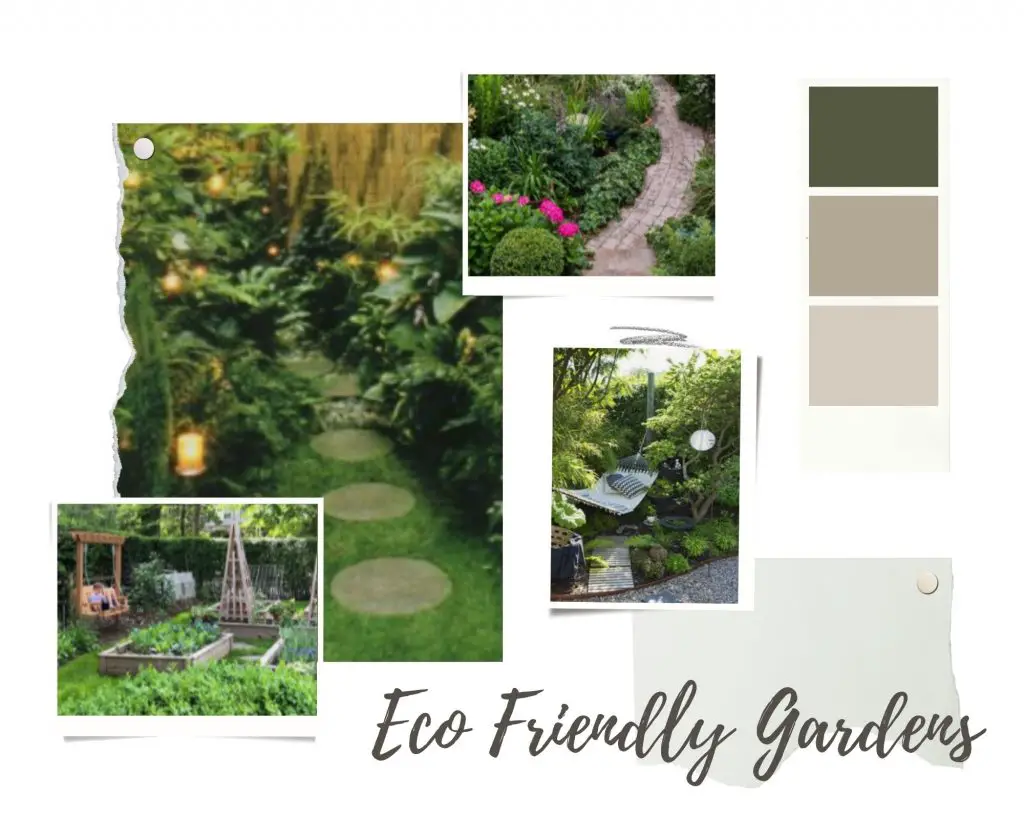
Whether you live in the city or in the suburbs, you can grow your own garden. There are plenty of cases to be made for having your own garden, primary of which is that it’s good for you. But ultimately, it’s good for the planet too. Here are tips to make your own little patch of earth as eco-friendly as possible:
- Choose plants that don’t require a lot of water, like succulents, pothos, or snake plants.
- Instead of buying new pots for your plants, make use of whatever you have at home: an extra mug, takeout containers, plastic bottles, or tin cans.
- Make space for a compost bin or pile to have a nutrient-rich soil source all year long
- Grow your own edible garden; it’s easier than you think, and will help you cut down on packaging as well as shopping trip costs (from having to buy produce).
- When laying out your garden, place plants with the same water needs in the same spot to avoid overwatering some while underwatering others.
- Choose local species of trees and shrubs to populate your garden.
- Install gutters and downspouts to collect rainwater from your roof and direct the runoff to your plants.
- Water only when necessary (believe it or not, more plants die from overhydration rather than dehydration).
- Regularly prune your plants to keep them thriving and to cut water waste.

Great for any room. Buy at Amazon.
Also Read:
Transport & Travel
Climate activist Greta Thunberg made headlines when she sailed across the Atlantic on a carbon-neutral trip by yacht to attend the UN Climate Conference in New York. Why? Well, because she knows that the alternative—flying to the USA from the UK—has an enormous environmental impact in terms of greenhouse gas emissions.
Not all of us may have the resources to attempt what Greta did. Still, there are plenty of other ways you can go from point A to B while still being environmentally savvy.
- Instead of driving, walk, bike, or use public transport when going about.
- If you have to get around by car, carpool or use a ride-sharing app.
- When heading out for multiple errands, plan your itinerary to make your drive as short and fuel-efficient as possible
- Keep your tires properly inflated and make sure your car is running in tip-top condition to maximise fuel efficiency
- Make it a habit to periodically empty your car trunk of unnecessary cargo.
- Explore local haunts and destinations that won’t require driving or air travel
- When travelling, choose to go by bus or train instead of by air or private vehicle.
- Whether you’re travelling by air or land, pack light to reduce your carbon footprint.
- Avoid bottled plastic water when travelling; bring your reusable water bottle with you and ask hotel staff to fill it with filtered water before you head out.
- Choose destinations that are known for being environmentally friendly (this list of Top 100 Sustainable Destinations is a great help)
- If you’re heading somewhere sunny and sandy, make sure to use safe sunscreen—one that doesn’t contain chemicals that may harm corals.

Perfect for staying hydrated. Shop at Amazon.
Read:
Get Inspired To Listen To The Best Motivational Podcasts
To Sustainability and Beyond: 9 Earth-Friendly Podcasts Worth Listening To
Fashion
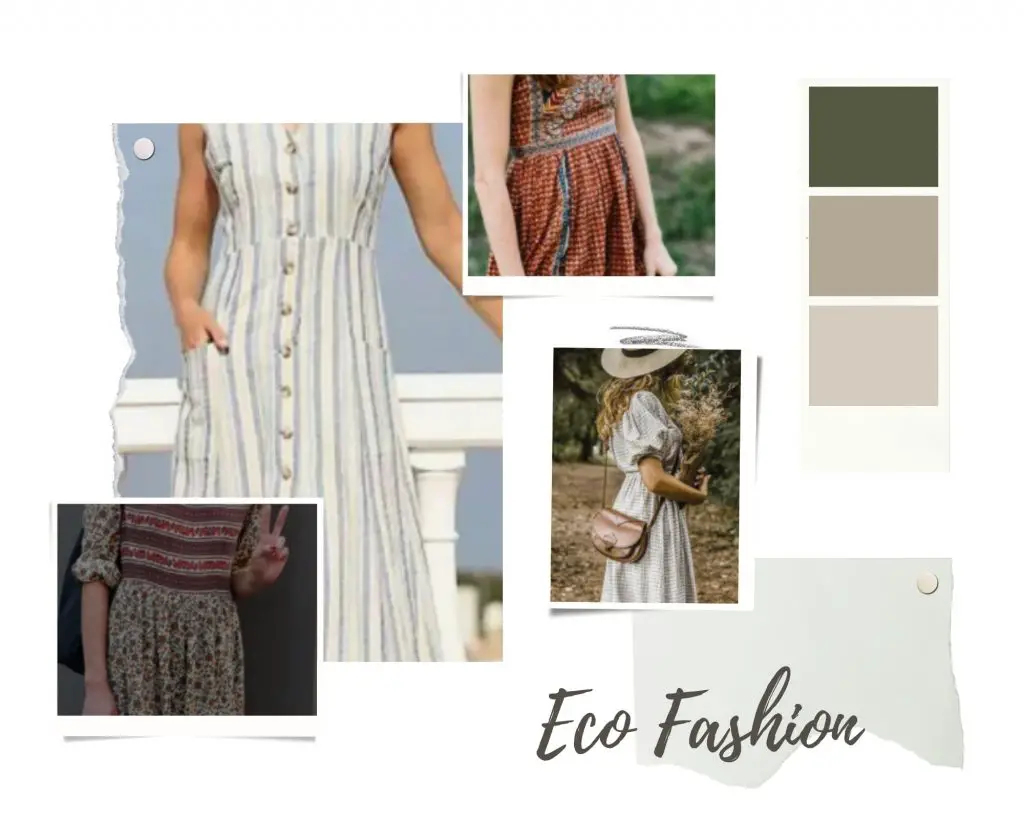
Being fashionable and loving the environment doesn’t have to contradict. Follow any of these tips to make your love for the environment resonate with your fashion choices.
- Adopt a minimalist, fewer-is-better philosophy when shopping for clothes and accessories.
- Consider second-hand (even hand-me-downs) instead of automatically buying brand-new.
- Support eco-friendly and ethical clothing labels.
- Go for clothing pieces and accessories that pair well with anything and can be easily mixed and matched.
- Maximise the lifespan of your apparel, shoes, and accessories by mending any parts that need repairing and treating them with TLC
- Choose earth-friendly fabrics like organic cotton, linen, and Tencel
- Never throw clothes in the trash; there are infinite ways to reuse clothes (like turning them into rags or donating them).
- Look at clothes as an investment; if paying more means you get better-quality, longer-lasting threads, then go for it (instead of spending on cheap, fast-fashion items that will likely not last till the next season).

Recommended as 100% cotton great for all seasons. Buy at Amazon.
Read:
13 Sustainable Sneakers That’ll Let You Walk Your Talk
11 Sustainable Clothing Brands for Your Minimalist Wardrobe
Food Shopping
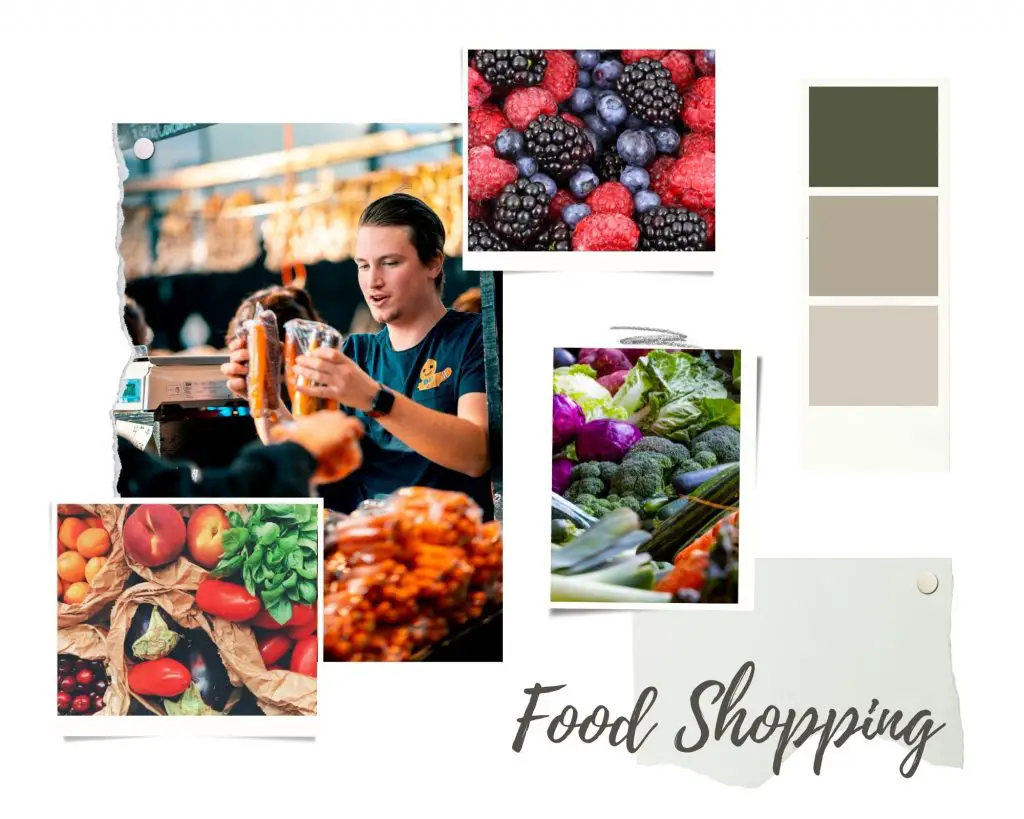
Food and the environment have a complicated relationship. The EPA estimates that as much as 94% of food we throw away ends up in landfills, where it can release methane. Read on for our suggestions on being more environmentally savvy when doing the groceries:
- Bring a reusable bag and your own reusable food containers.
- Reduce food waste: buy only what you need, especially when it comes to food items that have a short shelf life.
- Set aside time each week to make a meal plan; this lessens food waste and helps you avoid making unplanned purchases and buying expensive takeout.
- Buy fruits and vegetables in season since these have a smaller carbon footprint.
- Buy “ugly” fruits and veggies (that is, produce that come with bruises and marks or are sized or shaped differently and are usually placed in the bargain bin); besides saving money, you’ll save perfectly edible food from ending up in the landfill.
- Buy dry goods (like grains, rice, and pasta) in bulk.
- Avoid products that come in plastic or excessive packaging.
- Buy from farmers’ markets; they’re healthier and have less of a carbon footprint (and you help your local economy too).
- Where possible, choose to have your groceries delivered instead of making a weekly drive to the grocers.

Qinline reusable storage bags are BPA -FREE. They save our planet and save you money. Avaliable at Amazon.
Read:
11 Best Produce Subscription Boxes for Fresh Veggies Delivered to Your Doorstep
12 Best Organic Meal Kit Delivery Services for Healthy At-Home Dining
12 Best Organic Wine Delivery Subscriptions For Sustainable Happy Hours
Babies, Kids & School
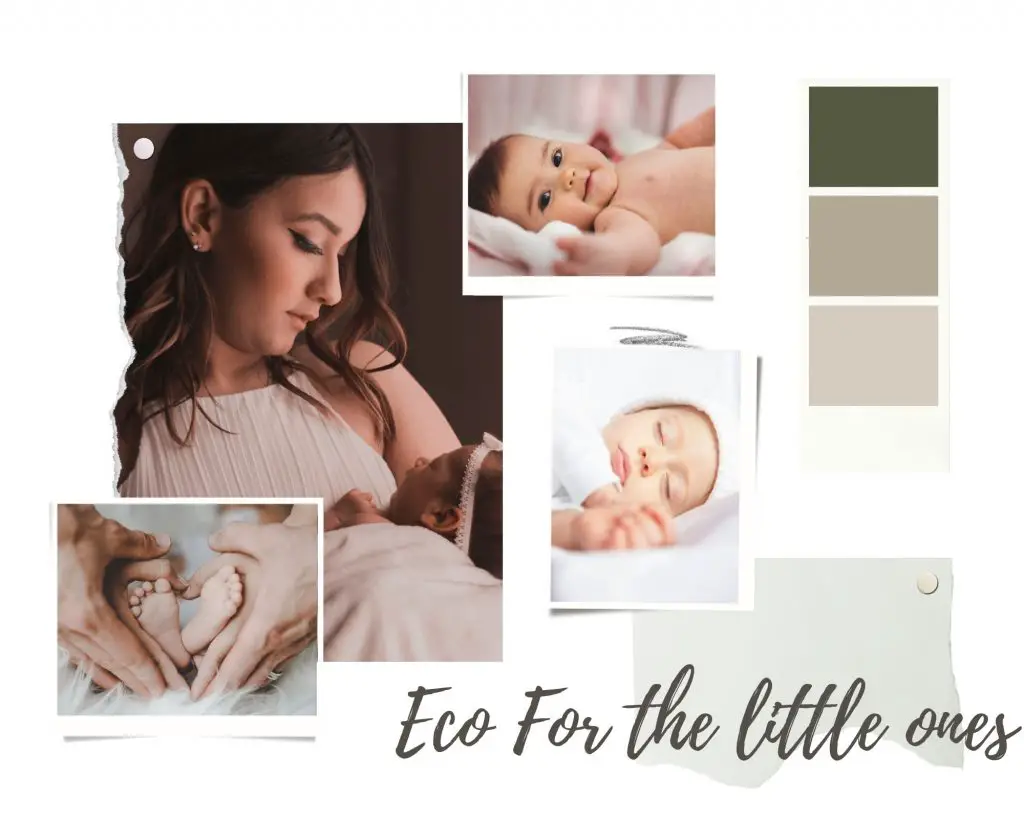
Our children will eventually inherit this planet. That alone should be motivation enough for us to take care of it. Here are concrete steps we can take to show them that we mean business:
- Breastfeed: it’ll save you £1000 to £1200 worth of formula in the first year.
- Instead of buying baby wipes (which are often not compostable), use washable cloth wipes.
- Ditch disposable diapers (which take 450 years to decompose); use cotton or hemp cloth diapers instead.
- Buy fewer toys; if you have to, buy second-hand instead.
- Teach your children to make toys out of recycled materials or stuff you have lying around at home (bonus: it’ll help foster their creativity and resourcefulness).
- Limit your children’s exposure to gadgets; less screen time, more time under the sun and in the great outdoors
- Enrol your kids in sustainable and environmentally friendly schools.
- Get your kids’ school involved in the sustainable movement; pitch ways they can help kids become more responsible environmental stewards.

Recommended because Clearly Herbal Organic Bamboo Diapers are made using Certified Organic Bamboo. Great for the little ones and the environment. Available at Amazon.
Read:
Best Organic Baby Clothing Brands for Your Little Ones
Best Sleep Podcasts That Will Help You Sleep Like A Baby
Parties & Events

Who doesn’t like parties? Parties may be an enjoyable affair, but they sometimes create unnecessary waste—from food waste, one-off decors, to disposable waste. Here are our suggestions for throwing a low-impact party that doesn’t skimp on the fun:
- Save the turtles: ditch the helium balloons!
- Avoid throwing confetti, which is made of tiny bits of plastic that may end up in the ocean.
- Instead of printing invitation cards, send a digital invitation instead.
- Reuse party decorations for future use.
- Offer more green options on the menu.
- Serve seasonal food.
- Be creative with decorations; use recycled or reusable materials.
- Instead of cut flowers, use live plants as decorations.
- Instead of using disposable plates, cutlery, and cups for outdoor parties and picnics, switch to reusables.
- Provide recycling bins so guests know where to put their waste.

Recommended because 100% Disposable, Biodegradable, Compostable, and Renewable. Also great to use for any occasion and saving the planet at the same time. Shop at Amazon.
Read:
11 Best Picnic Baskets & Coolers For Sustainable (and Socially-Distant) Picnic Dates
Say “ I Do” to an Eco-Friendly Bridal Shower With These 11 Simple Steps
10 Eco-Friendly Ideas for a Waste-Free Wedding
Arts & Crafts
Indulging in a hobby, like crochet, quilling, and calligraphy, is a great way to destress. Want to take it a step higher? Here are low-waste arts and crafts ideas you can try:
- Upcycle! Make use of what’s available at home (like jars, bottles, old newspapers and magazines) to create objects of beauty.
- Choose non-toxic paint and art materials.
- Here’s a cool way to repurpose that favourite shirt you just can’t let go of: turn it into a cover for your throw pillow.
- Got bits of leftover fabric from your sewing projects? Make a patchwork quilt out of them!
- Don’t throw out old projects—find ways to give them new life, or at the very least send them to a recycling facility.
Read:
15 Online Marketplaces Where You Can Buy Sustainable and Eco-friendly Artworks
Beauty and Bathroom

Clean water is a precious commodity. One way to be grateful for this fact is by trying to save as much water as you can when you’re in the bathroom. Here are other ways to reduce your environmental impact:
- Take shorter showers; cutting shower time even by just a minute will save you anywhere between 550 and 2000 gallons of water in a year.
- Don’t leave the water running when you’re brushing your teeth, washing your hair, or lathering up.
- Another way to save water: use dry shampoo
- Choose packaging-free skin, hair, and body products. Check out these eco friendly makeup brands
- Have a minimalist beauty regimen; the less product you use on your face, the fewer resources you consume.
- Instead of single-use tampons and pads, try menstrual cups, reusable cloth pads, or period undies.
- Opt for more sustainable alternatives to disposable plastic razors (2 billion of which end up in landfills every year): try safety or electric razors, sugar waxing, or laser hair removal.
Single-use Plastic
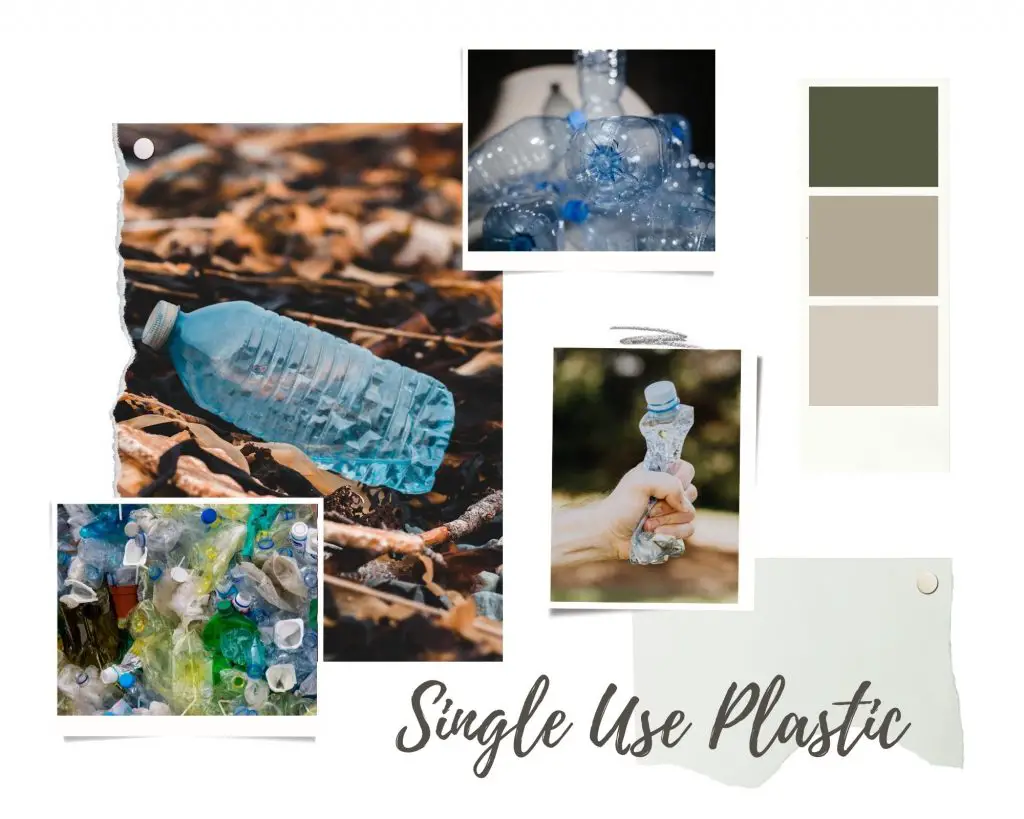
Avoid like the plague! Here are some ways to cut, if not totally eliminate, your ties with single-use plastic.
- Refuse—this is the single most effective way to break up with single-use plastic.
- Carry a reusable bag with you at all times; most eco bags can fold neatly into a size that easily fits in your pocket.
- Plan ahead: Schedule your shopping trips, make a list of what you need to buy (and stick to it!), and bring enough bags and containers with you.
- Scout your neighbourhood for zero-waste or bulk shops that offer package-free produce and other products.

Recommended because washable, durable and reusable, saving both you money and helping the environment. Buy at Amazon.
At work
Next to your home, the workplace is where you spend most of your waking time. Make sustainable habits a part of your office and company culture with these great ideas:
- Go paperless: If you absolutely need to, print on both sides, and use a smaller font to save on paper space
- Turn off computers, machines, and electronic devices; for computers, don’t just leave them on standby (they still consume energy).
- Create a suggestion and incentives system at your organization to promote sustainable initiatives (like carpooling or biking to work, recycling, for example).
- Bring your own food to work; this way you minimise takeout purchases.
- Keep a plant at your desk and encourage everyone to do the same; plants not only help beautify your workspace, they also help remove indoor pollutants.
- Work at a high-rise or a multilevel office? Skip the lift and take the stairs instead.
- Pitch a work-from-home day at least once a week to save on transport as well as cut on carbon emissions.
At the gym
Take your eco-friendly advocacy everywhere—even to your favourite local gym. Here are a few ways you can stay green while keeping fit:
- Look for gyms and health clubs that are actively implementing eco-friendly and sustainable practices.
- Ask if your gym can ditch single-use towels (for wiping down equipment after use) in favour of reusable cloth wipes that can be dampened with a cleaning solution.
- Use natural lighting whenever possible; turn off or minimise the use of artificial light, or take your classes outdoors.
- Take shorter showers in the gym locker room.
- Bring your own water bottle, and encourage everyone else to do the same.
- Unplug machines as soon as you’re done using them.
- Go paperless: ask your gym to send updates and statements to your e-mail inbox.
Pets
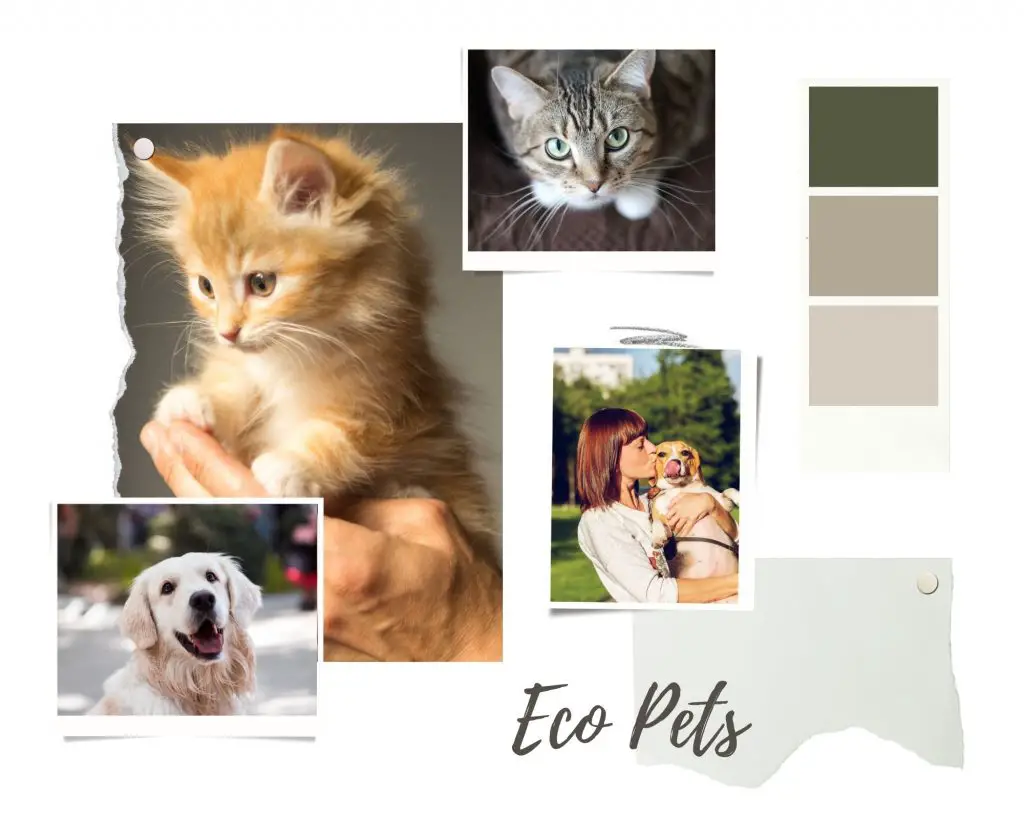
Love pets? Unfortunately, raising a furbaby doesn’t come without an environmental cost. A UCLA study estimates that in the US, keeping dogs and cats produces approximately 64 million tons of carbon dioxide and methane emissions in a year. Fortunately, there are ways to minimise your impact while still keeping your pet. Here are some:
- Adopt, don’t shop.
- When buying cat litter, choose those made from plant-based materials like wheat, corn, pine, coconut, or recycled newspapers. (Better yet, teach your cat to use the toilet.)
- Use biodegradable bags to pick up pet waste during walks.
- Buy locally produced pet food.
- Compost pet poop. (Yes, it can be done.)
If you ever get discouraged at any step of your journey toward living a more eco-friendly life, take heart from these words by Anne-Marie Bonneau: “We don’t need a handful of people doing zero waste perfectly. We need millions of people doing it imperfectly.”



Leave a Reply